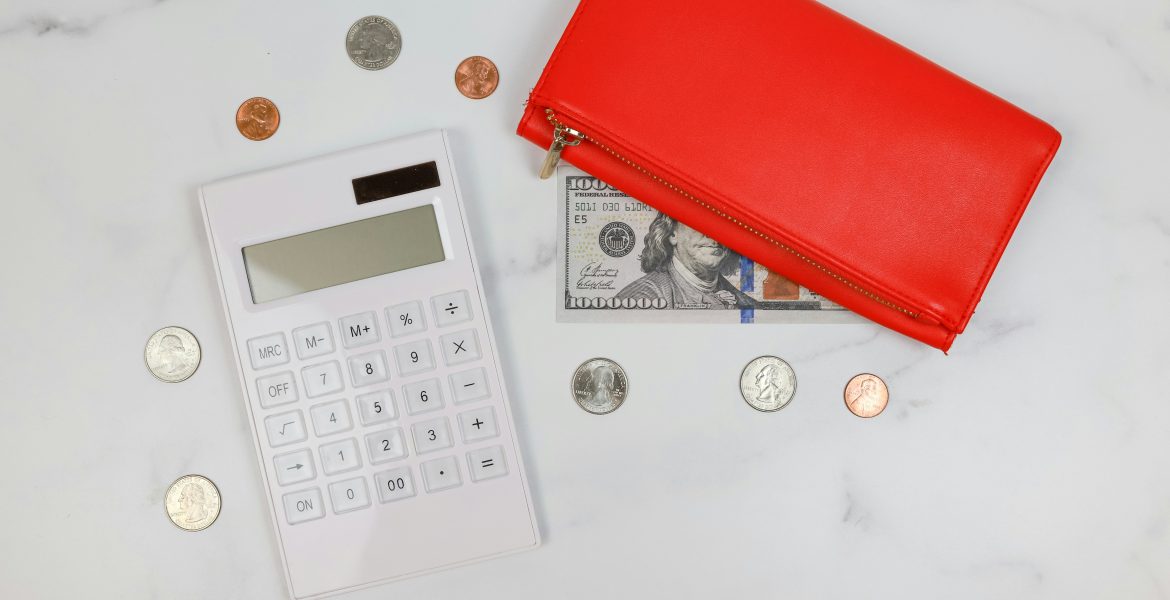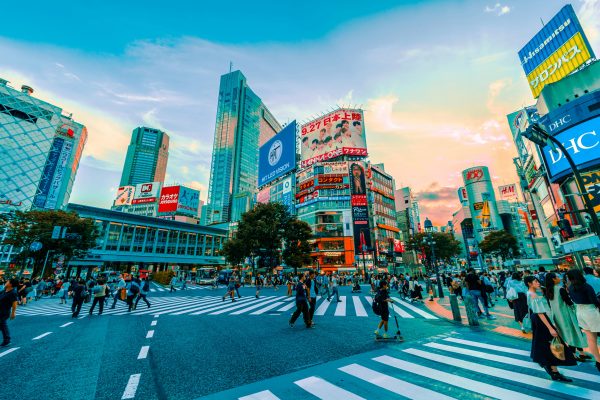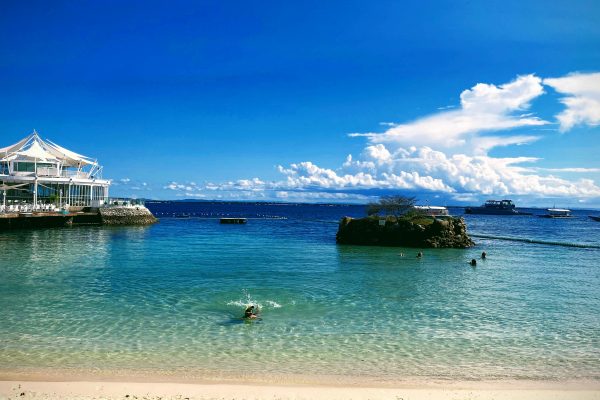Digital Nomad Budgeting Guide: Living Smart in Asia

Creating a realistic budget for your adventure across Asia can mean the difference between a sustainable journey and financial stress. Costs vary dramatically between destinations, so planning, tracking and optimising your spending are essential.
Understanding Cost Variations Across Asia
Asia offers incredible variety in living costs. Budget-friendly countries include Vietnam, Cambodia, Laos, and parts of Indonesia and the Philippines, where you can live comfortably on £800–1,200 per month. Mid-range options such as Malaysia, Taiwan and certain areas of Thailand and Indonesia typically require £1,200–2,200 per month. Premium hubs like Singapore, Hong Kong, Japan and South Korea often demand £2,000–4,000+ monthly but provide world-class infrastructure and healthcare.
Essential Budget Categories
Accommodation (30–40%)
Accommodation is usually your largest expense. Co-living spaces range from £300–800 per month, while private apartments vary from £200–1,500 depending on location and amenities. Monthly discounts on platforms such as Airbnb can help, but long-term rentals often offer better value.
Food & Dining (15–25%)
Eating local street food and cooking at home can halve your food costs. Expect to pay £1–3 for street-food meals, while Western restaurants and imported groceries are significantly pricier.
Transport (5–15%)
Public transport passes typically cost £20–50 per month. Ride-hailing apps such as Grab are affordable and convenient across Southeast Asia. Booking flights in advance and travelling off-peak will reduce your intercity travel costs.
Coworking & Internet (3–8%)
Day passes at coworking spaces cost £5–15, with monthly memberships at £50–150. Home internet is £10–40 per month in most destinations.
Healthcare & Insurance (2–5%)
International health insurance usually runs £50–150 per month. Routine medical visits in Asia often cost less than Western deductibles.
Money-Saving Strategies
- Use multi-currency accounts (Wise, Revolut) to avoid excessive conversion fees.
- Track spending by location to identify the best value destinations.
- Negotiate discounts for stays longer than a month.
- Cook simple meals at home to cut food costs.
- Take advantage of free Wi-Fi in cafés, malls and libraries.
Sample Monthly Budgets
Person A: Backpacker on a Lower Income (£800 per month)
- Accommodation: £200 (shared dorms or budget guesthouses)
- Food & Dining: £200 (mostly street food and cooking)
- Transport: £80 (public transport and occasional ride-hailing)
- Coworking & Internet: £60 (day passes plus local café Wi-Fi)
- Insurance & Healthcare: £60
- Incidentals & Activities: £200
Person A focuses on the essentials—shared rooms, local food and free or low-cost coworking days—maintaining a lean lifestyle while exploring off-the-beaten-track destinations.
Person B: Comfortable Nomad on a Higher Income (£2,500 per month)
- Accommodation: £700 (private apartment or premium co-living)
- Food & Dining: £400 (mix of street food, home cooking and restaurants)
- Transport: £150 (ride-hailing and occasional flights)
- Coworking & Internet: £120 (monthly membership at a quality space)
- Insurance & Healthcare: £100
- Leisure & Activities: £600
- Savings & Emergencies: £430
Person B enjoys greater comfort—private accommodation, regular restaurant visits and reliable coworking—while still keeping expenses below £3,000.
Building Sustainable Financial Habits
Automate savings by treating them as a fixed expense. Diversify income streams to avoid reliance on a single client. Always budget for home-country obligations such as insurance, subscriptions or storage.
Successful budgeting isn’t about being the cheapest; it’s about matching costs to your comfort level and goals. Start with a realistic plan, track everything for the first few months, then adjust based on your actual spending and lifestyle preferences.
Disclaimer: Figures are approximate and depend on personal choices, seasonal fluctuations and exchange rates. Always research current costs for your specific destinations and dates.
You may also like

Budget vs Comfort: Monthly Expenses Across Japanese Cities


Leave a Reply